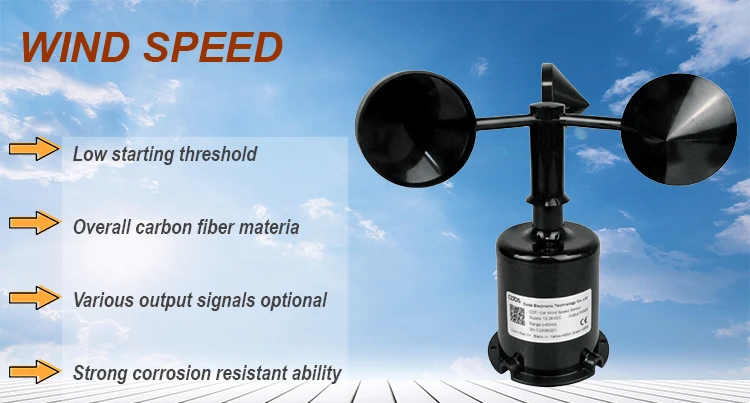
# Wind Direction Measurement Instrument
## Understanding Wind Direction Instruments
Wind direction measurement instruments are essential tools for meteorologists, environmental scientists, and various industries that rely on weather data. These devices provide crucial information about the direction from which wind is blowing, which is vital for weather forecasting, aviation, marine navigation, and renewable energy applications.
### How Wind Direction Instruments Work
Wind direction measurement instruments, also known as wind vanes or anemometers with directional capabilities, operate on relatively simple principles. The most common type is the traditional wind vane, which consists of a freely rotating arrow or pointer that aligns itself with the wind direction.
Modern electronic versions use various technologies:
– Potentiometer-based sensors
– Optical encoders
– Ultrasonic measurement systems
– Magnet-based systems with digital output
## Types of Wind Direction Measurement Instruments
### 1. Traditional Wind Vanes
The classic wind vane design features an arrow-shaped pointer with a counterweight that keeps it oriented into the wind. The direction is typically read from a fixed compass rose beneath the rotating pointer.
### 2. Electronic Wind Vanes
These modern versions convert mechanical rotation into electrical signals:
– Potentiometer wind vanes: Provide analog voltage output proportional to wind direction
– Digital wind vanes: Use optical or magnetic encoders for precise digital readings
– Ultrasonic wind sensors: Measure wind direction without moving parts using sound waves
### 3. Combined Anemometer-Wind Vane Systems
Many professional weather stations combine wind speed and direction measurement in a single unit. These integrated systems often use cup anemometers for speed measurement alongside directional vanes.
## Applications of Wind Direction Instruments
Wind direction measurement instruments serve numerous important functions:
– Weather forecasting and climate research
– Aviation operations at airports
– Marine navigation and port operations
– Wind energy production optimization
– Agricultural spraying operations
– Industrial emissions monitoring
– Building ventilation system control
## Choosing the Right Wind Direction Instrument
When selecting a wind direction measurement instrument, consider these factors:
### Accuracy Requirements
Professional meteorological applications typically require ±5° accuracy, while some industrial applications may tolerate ±10°.
### Environmental Conditions
Consider the expected wind speeds, temperature ranges, and potential for icing or corrosion in your location.
### Output Requirements
Determine whether you need analog voltage, digital serial communication, or wireless data transmission.
### Maintenance Needs
Some designs with moving parts require more maintenance than solid-state ultrasonic sensors.
## Installation Considerations
Proper installation is crucial for accurate wind direction measurements:
– Mount the instrument at standard height (typically 10 meters for meteorological applications)
– Ensure unobstructed airflow from all directions
– Align the reference direction (usually true north) correctly
– Consider lightning protection in exposed locations
– Follow manufacturer’s recommendations for mounting and calibration
## Maintenance and Calibration
Regular maintenance ensures continued accuracy:
– Clean moving parts periodically
– Check for bearing wear in mechanical vanes
– Verify alignment with known reference directions
– Perform electronic calibration as recommended by the manufacturer
– Protect against ice accumulation in cold climates
## Future Developments in Wind Direction Measurement
Emerging technologies are improving wind direction instruments:
– More advanced ultrasonic sensors with higher accuracy
– Miniaturized MEMS (Micro-Electro-Mechanical Systems) sensors
– Integration with IoT (Internet of Things) platforms
– Improved corrosion-resistant materials
– Self-calibrating systems using GPS and compass references
Wind direction measurement instruments continue to play a vital role in our understanding and utilization of atmospheric conditions. As technology advances, these devices are becoming more accurate, reliable, and integrated with broader environmental monitoring systems.
Keyword: instrument measure wind direction